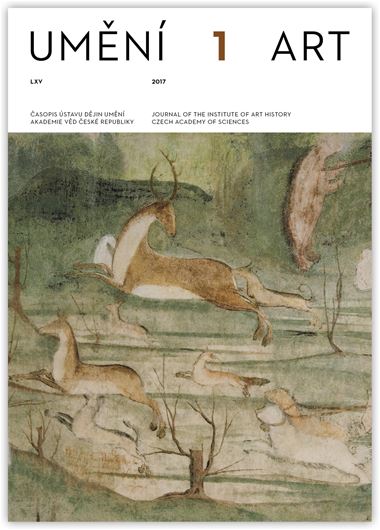Tomáš Kolich
Juan Antonio Ramírez a ikonografie místa
Juan Antonio Ramírez and the Iconography of Place
pp. 53–57
Juan Antonio Ramírez (1948–2009) is one of the most interesting personalities in Spanish art history. One of his main professional interests was the iconography of place (la iconografía del lugar). Ramírez focused on the visualisation of fantastic and utopian buildings, architectural ekphrasis and film environments. He studied the development of the human architectural imagination and its sources and limits, as well as how it manifests itself and moves between the text, the image and the actual constructions. The article presented, Prostor a fantazie. Fantastická literatura versus fantastická architektura (Space and fantasy. Fantastic literature versus fantastic architecture, 1985), is the first translation into Czech of Ramírez’s work. It sums up several themes to which Ramírez devoted separate studies. Ramírez here compares fantastic literature with fantastic architecture and categorises possible kinds of interaction. He comes close to the methods of literary topology, analysing the descriptions of surroundings in several works of literature and showing how the fantastic aspect is demonstrated in them. He also devotes himself to the phenomenon of Solomon’s Temple, and to attempts to reconstruct it (by, for example, J. B. Villalpando) that originated as a creative association of Biblical texts, archaeological knowledge and architectural practice of the period. Ramírez also mentions the influence of these reconstructions on the settings of some Renaissance paintings. In conclusion, he examines architectural utopias in fantastic illustrations for sci-fi journals of the first half of the 20th century in which the influence of contemporary architectural production of Modernism and art deco appears. Ramírez establishes that his concept of the iconography of the place makes it possible to study spheres apparently very distant in time and genre. Ramírez’s iconography of place is an until-now scarcely used perspective in the history of art that not only provides new themes but also makes it possible to look at established works in a more complex way.
Full-text in the Digital Library of the Czech Academy of Sciences:
https://kramerius.lib.cas.cz/uuid/uuid:0dcc2003-fa34-411c-8579-ec9d890fbd52
< back

